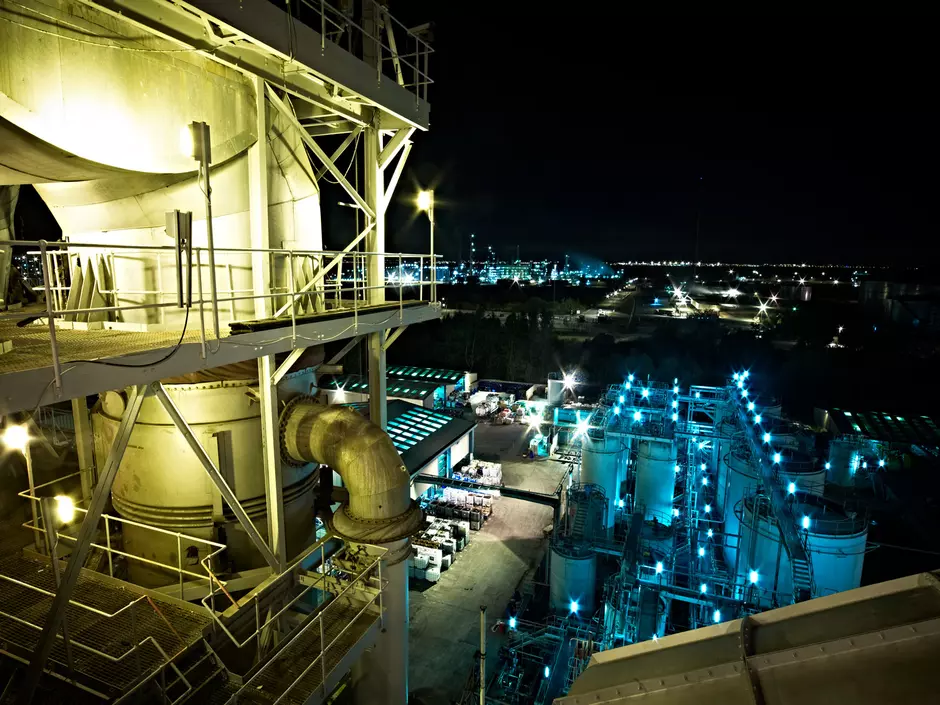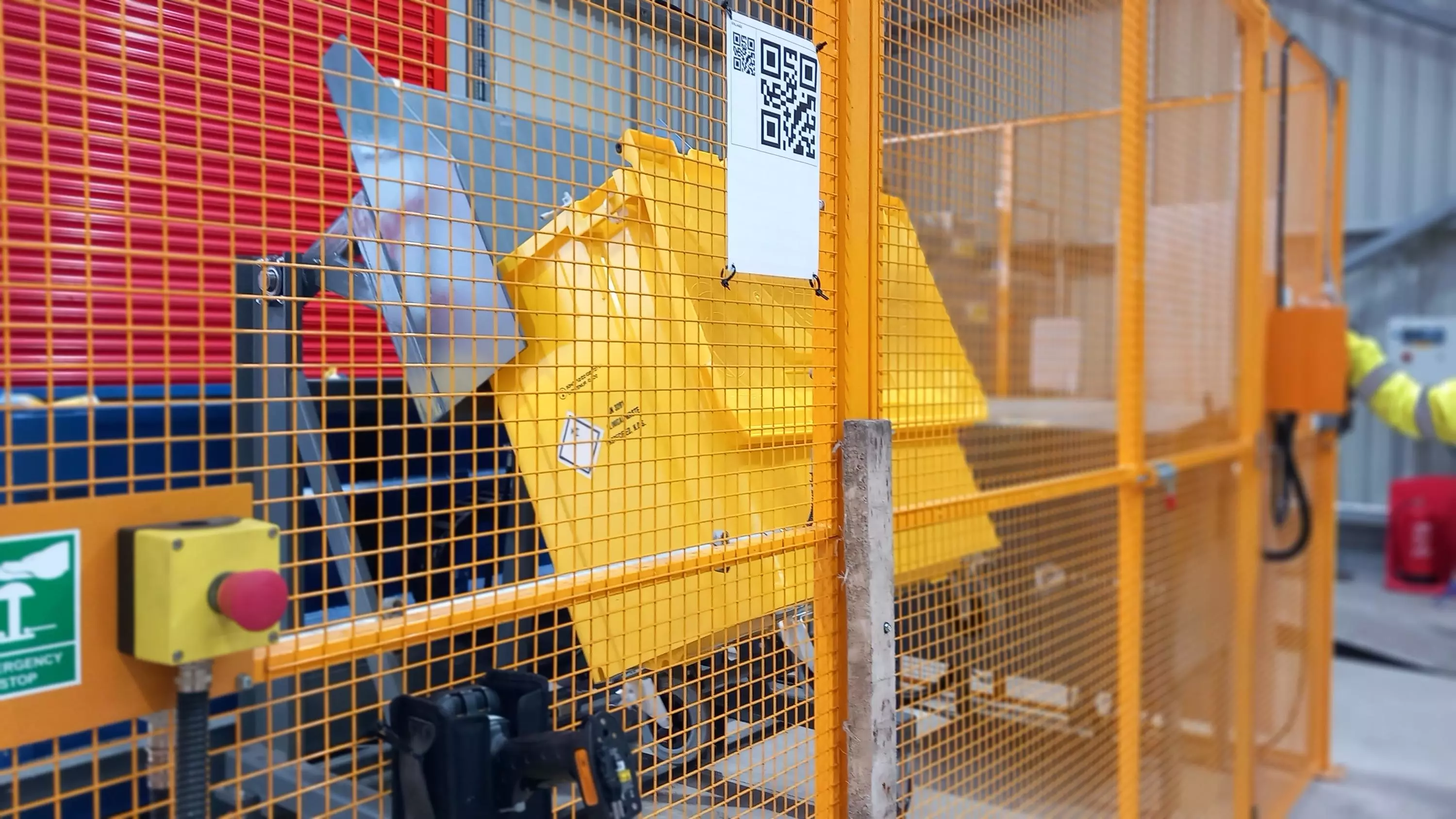The Challenge of Clinical Waste
The National Health Service (NHS) in the UK faces a significant challenge in managing clinical waste, with an estimated 156,000 tonnes produced annually by NHS providers. Approximately 40% of this waste is classified as hazardous or infectious, requiring specialised treatment that often comes with high costs and environmental impact.
Understanding Clinical Waste
Clinical waste encompasses a diverse range of materials, each requiring specific handling and disposal methods to protect public health and the environment. Healthcare facilities like hospitals, clinics, and laboratories produce various types of waste that need careful management.
To simplify this complex process, a colour-coded system is used for different waste types:
Bagged Waste
- Tiger stripe bags: For offensive or hygiene waste that is non-hazardous or infectious but generally unpleasant.
- Orange bags: For infectious materials that require treatment before disposal.
- Yellow bags: For clinical infectious waste, which can be considered hazardous, and requiring high-temperature incineration (HTI).
- Purple bags: For cytotoxic/cytostatic contaminated soft waste.
Sharps
- Orange lidded sharps: For sharps uncontaminated with medicines.
- Yellow-lidded sharps containers: For medically contaminated sharp objects like needles and scalpels.
- Purple lidded sharps containers: For cytotoxic/cytostatic contaminated sharps.
- Red Units: For anatomical waste such as body parts/organs.
- Blue units: For non-hazardous unused or out of date medicines.
Veolia also manage other categories of clinical waste including radioactive materials, other hazardous chemical waste, dental amalgam, and gypsum waste from plaster casts.
Each of these waste streams need specialised handling and disposal methods and strict guidelines are followed to ensure all clinical waste is properly segregated, safely handled, and compliantly disposed of. This careful approach ensures healthcare environments are kept safe and clean while protecting the wider community and environment.
Traditional Disposal Methods
Infectious orange bag waste disposal has traditionally relied on autoclaving. Autoclaving is steam sterilisation as a pre-treatment step before final disposal, necessary to prevent environmental contamination and to protect waste handlers and the public from exposure to infectious materials.
Autoclaving is an energy-intensive process, using high-pressure steam to sterilise and decontaminate infectious materials. This process results in a non-hazardous homogenous waste called flock. The flock is then typically sent to external Energy Recovery Facilities (ERFs), sent overseas as refuse-derived fuel (RDF) for incineration, or deposited in landfills. As environmental concerns grow, healthcare facilities and waste management companies are increasingly exploring alternative methods that may offer more sustainable and cost-effective solutions for infectious waste disposal, balancing the need for safety with environmental responsibility.

Veolia's Innovative Solution
Veolia's Energy Recovery Facilities (ERFs) in Tyseley and Sheffield are changing the game, with the installation of specialised technology which allows for direct feeding of infectious materials into the furnace feed hopper, keeping it separate from other waste streams.
This innovative process eliminates the energy-intensive autoclaving step, making the disposal of potentially hazardous materials both safer and more efficient. By avoiding the steam treatment process, the waste is kept dry, which means it weighs less and burns more efficiently using less energy to drive off the water, effectively generating more energy per tonne of waste processed.
The process also recovers energy from the incineration process, which cannot be achieved at all high temperature waste incinerators.

Environmental and Community Benefits
The recovered energy is utilised to power homes and businesses in the surrounding community, creating local loops of energy. This streamlined process has not only increased efficiency and reduced waste volume, but has also significantly reduced carbon emissions.
Recognition and Success
The success of this innovative approach has been widely recognised, including recognition for Veolia customers utilising our service offering at the recent NHS Awards for Excellence in the "Biggest Reduction of Carbon Emissions from Waste of the Year" category. Since its implementation, Veolia has secured contracts with seven prominent healthcare institutions for clinical waste management, including Sheffield Teaching Hospital NHS Foundation Trust, Sheffield Children's NHS Foundation Trust, and Chesterfield Royal Hospital NHS Trust all of whom are benefiting from the carbon reduction Veolia’s unique processing solution delivers.
Measurable Impact
The impact of this innovation is particularly evident in Veolia's partnership with Sheffield Teaching Hospital. Since January 2023, there has been a remarkable 31% reduction in net disposal emissions for processing their orange bag waste alone, translating to an annual decrease of approximately 89 tonnes of CO₂ emissions.
Commitment to Sustainability
These results demonstrate Veolia's commitment to reducing the environmental footprint of clinical waste disposal while maintaining the highest standards of safety and efficiency. By continually innovating and improving our processes, we are setting new benchmarks in sustainable waste management for the healthcare sector and contributing to a cleaner, more sustainable future for healthcare institutions and the communities they serve.
How Veolia is Helping the Healthcare Sector on the Road to Net Zero
Discover how Veolia's waste management solutions can benefit your institution and the community you serve. Contact our team of experts today to learn more about our clinical waste disposal process and how we can tailor our services to meet your specific needs. Together, we can create a more sustainable future for healthcare waste management.


